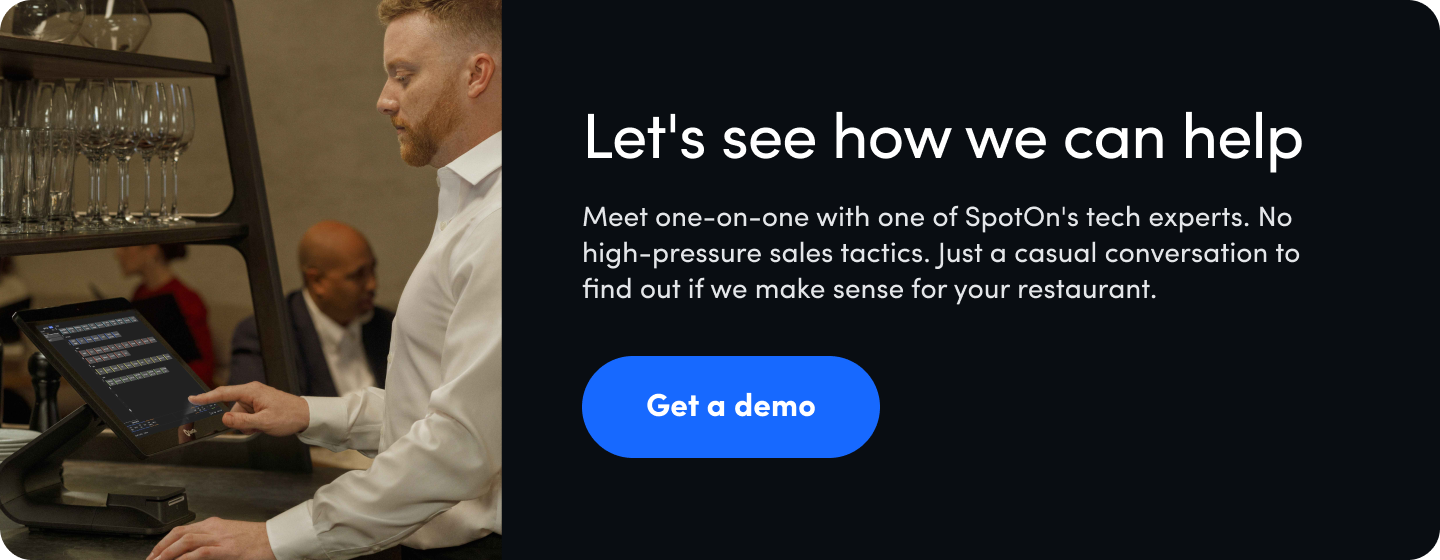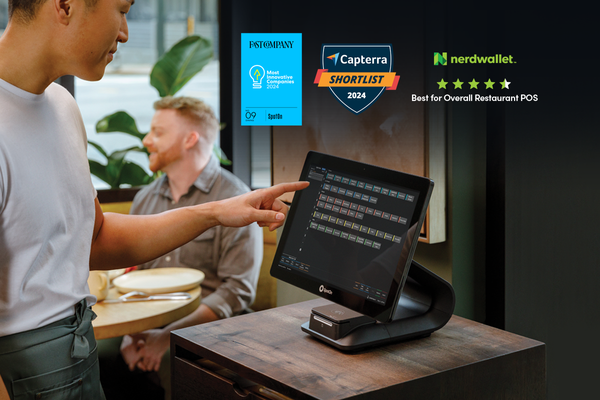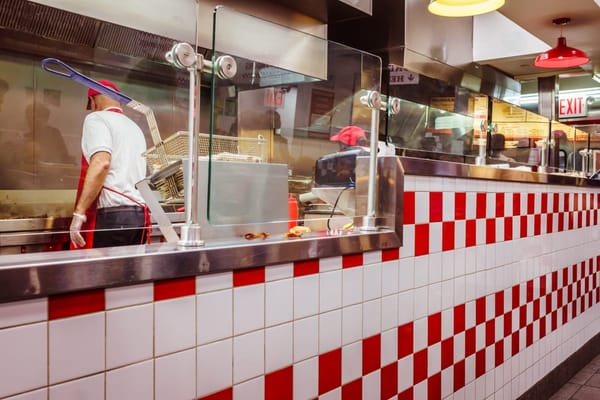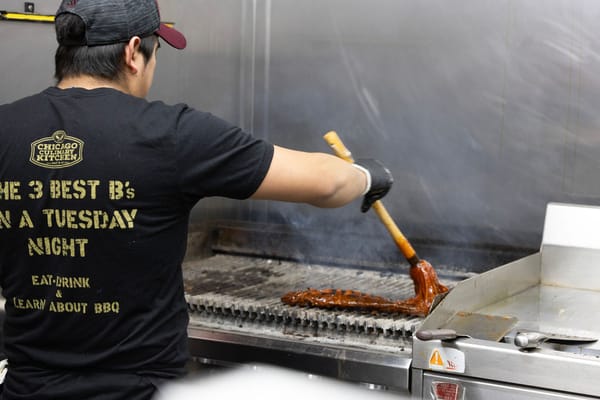Corey Becker is the Product Manager for SpotOn Restaurant Reporting. He traces his restaurant roots back almost 20 years when he was hired to deliver pizzas at an Italian restaurant but naturally spent most of his time washing dishes, frying calamari, and making urgent trips to the grocery store. He’s been interested in financial and operations management ever since, and together with his obsession for numbers and MBA degree, has been helping managers leverage analytics to improve their profitability.
While some recommit to going to the gym, eating healthier, or spending more time with family, I humbly suggest an alternative New Year’s resolution. In 2024, resolve to run a more data-driven business.
The new year is the perfect time to take stock of menu and staff performance and reassess everything from your tech stack to your kitchen operations. Whether you’re looking to reign in labor costs or develop a more profitable menu, here are some reports to dig into in the new year.
1. Payroll reports
If you have a busy holiday season, visiting your payroll and staffing reports in January can give you a helpful postmortem. See who has been selling the most, and schedule those rockstars who are driving a lot of business. For the servers who aren’t selling as well, provide training opportunities. In the new year, vow to schedule not just based on availability but to optimize profitability.
Reward your top-performing employees with more hours and recognition, which can help retain staff. Since the restaurant industry has returned to pre-pandemic levels, you’ll want to shift your focus on retaining your best employees who have flourished during the holiday rush. Bonus points when you implement restaurant labor management software, which can save hours per week on scheduling, payroll, and tip distribution.
2. Product mix reports
Product mix reports are the restaurant GM’s right hand. They’re the most utilized SpotOn Restaurant report for a reason—plus, we have 5 of them. Checking in on PMIX reports can help you identify how much profitable items are selling. There are separate reports for unsold items, which is a good place to start menu engineering your 2024 menu.
One benefit of restaurant POS reporting is the ability to see trends. View your PMIX report over time and see what items wax and wane in popularity or which items are stalwart favorites.
3. Daily sales recap and close report summaries
The daily sales report is a summary of what is sold and when—in granular detail. It’s your go-to for when you want to start digging deeper into your restaurant’s data. You can view the daily sales recap over longer periods of time, comparing the daily sales within a week or month.
Along with the daily sales recap, make sure close report summaries are part of your routine. I recommend using the favorites feature to make it easier to find your daily reports. With 75 reports, there’s a lot to process. Favorite key reports—the more you keep track of them, the better you’ll become at identifying trends and unique patterns.
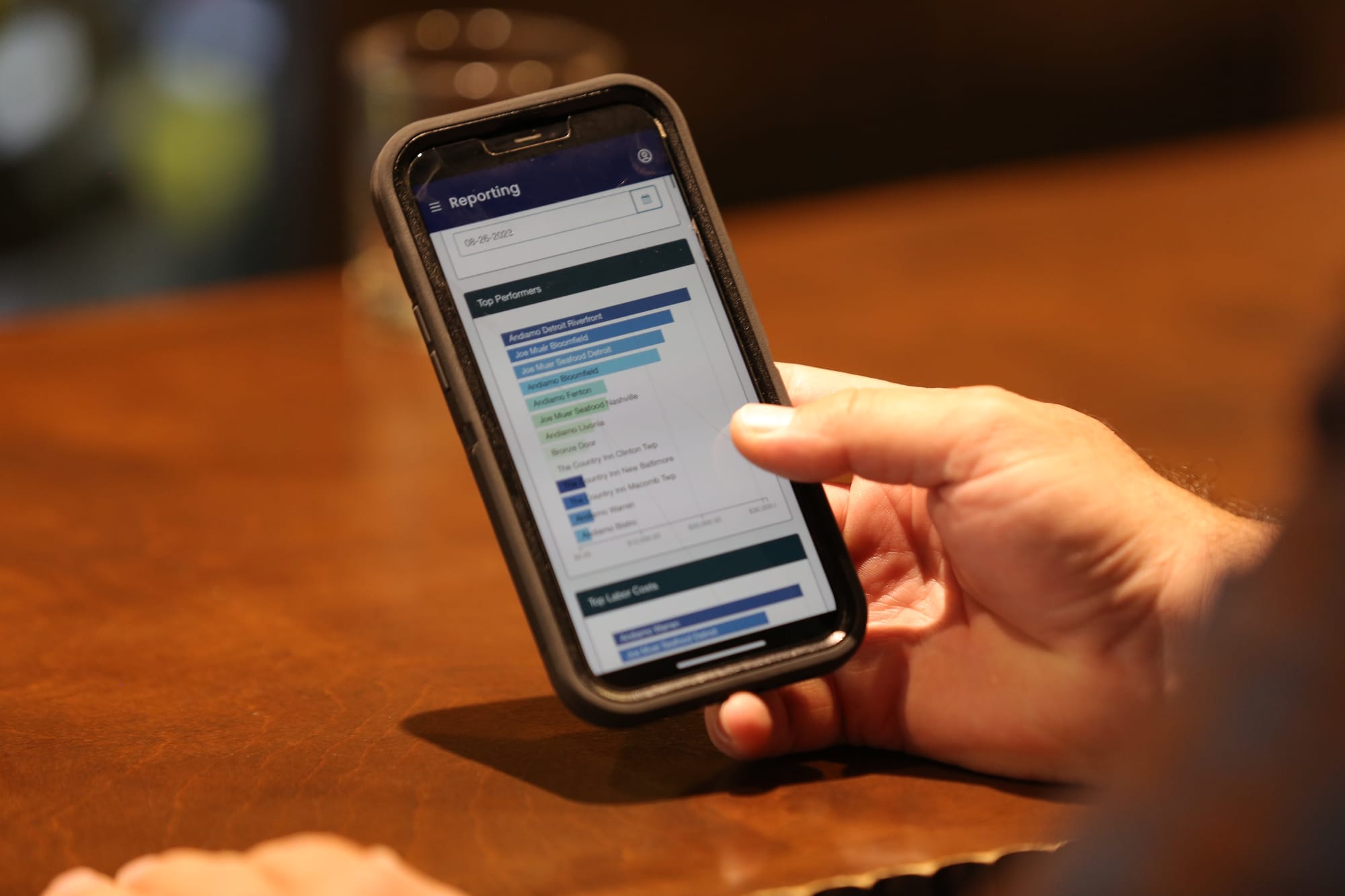
4. Sales Snapshot
Sales snapshot is your home base. It’s the landing page, where you can see net sales, labor expenses, and a few other key metrics for any given day (and in comparison to the day before). In my conversations with operators, I’ve realized the comparison period feature is underused. You can choose a period (month, week, year) to compare against another in a sales snapshot. For example, compare the daily sales against the same weekday of the prior week.
Especially as you get into the busier part of the day, you can see how you’re performing and what to expect for the night ahead. Comparing daily sales can be particularly helpful as you plan staffing and ordering for major holidays like Valentine’s Day. Use the year prior as a starting point so you’re not over- or under-staffed during a big dining night.
5. Profit Report
Tracking costs can be difficult because they’re a moving target. If you want to track costs using your restaurant POS, you can enter the cost for each menu item in the back-of-house. From there, view a profit report and see the net cost column that is calculated based on quantities sold. The report calculates the net profit based on sales and cost. You may have menu items you’re selling at a loss and others that you know are super profitable. Even if your menu level costs are only roughly accurate, this report will deliver some helpful information.
Another suggestion is implementing a restaurant POS integration with inventory management software. Doing so will automatically fill in the net cost column and save you some of the legwork.
As you look to the new year, I recommend using the sales goals feature to see daily averages, set goals, and measure actual sales against your goals. Establishing sales goals by week and daypart at the beginning of the year will help you track progress in regard to yearly sales goals. Reporting has the potential to improve your closeout, inform your menu, and enhance the staff experience. Start your new year with new data insights to help your business flourish all year long.
